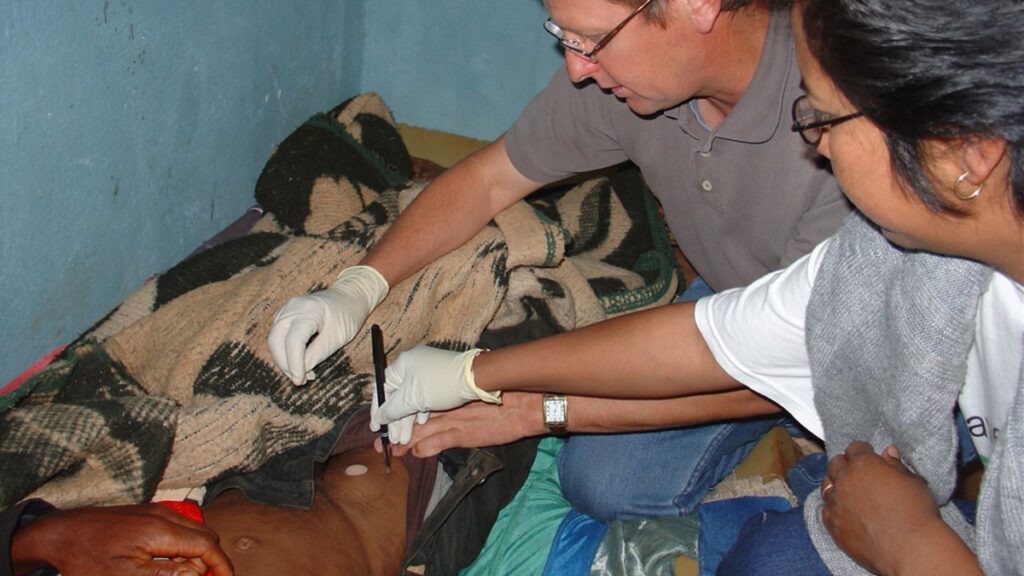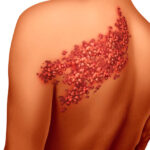Postexposure plague prophylaxis (PEP) is a critical public health intervention aimed at preventing illness in individuals exposed to Yersinia pestis, the bacterium responsible for plague. This zoonotic disease remains a threat in specific regions and is also considered a potential bioterrorism agent. Rapid initiation of antibiotic prophylaxis is essential in preventing progression to severe disease forms, particularly pneumonic plague, which can be transmitted person-to-person.

Understanding Plague Transmission and Exposure Risks
Plague is primarily transmitted through the bite of infected fleas, contact with contaminated fluids or tissues, or inhalation of respiratory droplets in cases of pneumonic plague. Risk scenarios for exposure include:
- Direct contact with infected animals (e.g., rodents, rabbits, domestic pets)
- Handling plague-infected biological specimens
- Laboratory accidents
- Exposure during outbreaks or suspected bioterrorist events
Forms of Plague and Clinical Relevance for Prophylaxis
Plague manifests in three primary clinical forms:
- Bubonic Plague – Characterized by swollen lymph nodes (buboes)
- Septicemic Plague – Systemic bloodstream infection, often without buboes
- Pneumonic Plague – Highly infectious respiratory form
Only pneumonic plague presents a significant risk for human-to-human transmission, underscoring the need for prompt prophylactic measures in suspected exposures.
Indications for Postexposure Prophylaxis
PEP is indicated for individuals who have had:
- Close contact with a confirmed or suspected case of pneumonic plague
- Exposure to Yersinia pestis in a laboratory setting
- Occupational exposure to infected animals or tissues
- Inhalational exposure during a bioterrorist attack or outbreak
Prophylaxis should be initiated within 7 days of last known exposure to optimize outcomes.
Recommended Antibiotic Regimens for Plague PEP
The CDC and WHO recommend the following oral antibiotics for 7 days as first-line postexposure prophylaxis:
| Antibiotic | Adult Dosage | Pediatric Dosage |
|---|---|---|
| Doxycycline | 100 mg twice daily | 2.2 mg/kg twice daily (max 100 mg/dose) |
| Ciprofloxacin | 500 mg twice daily | 15 mg/kg twice daily (max 500 mg/dose) |
| Levofloxacin | 500 mg once daily | 8–10 mg/kg once daily |
Alternatives (for intolerance or contraindications):
- Chloramphenicol
- Trimethoprim-sulfamethoxazole (TMP-SMX) – less preferred due to variable efficacy
Duration and Monitoring During Prophylaxis
PEP should be administered for a full 7-day course to ensure complete suppression of potential infection. In exposed individuals:
- Monitor for fever, cough, malaise
- Advise immediate medical attention if symptoms arise
- Isolation may be warranted for exposed persons until symptoms are ruled out
Contraindications and Special Populations
- Pregnancy: Doxycycline use during pregnancy is controversial; ciprofloxacin may be used with caution
- Children: Pediatric dosing should be adjusted by weight
- Immunocompromised patients: May require closer observation and hospital-based prophylaxis
Role of Vaccination and Experimental Therapies
Currently, no FDA-approved plague vaccine is available for general use. Experimental vaccines and monoclonal antibodies are under development, primarily for high-risk laboratory and military personnel.
Public Health Preparedness and Bioterrorism Considerations
In the context of a bioterrorist event involving Y. pestis, mass prophylaxis programs may be initiated under CDC Strategic National Stockpile (SNS) protocols. Health authorities may:
- Distribute antibiotics via points of dispensing (PODs)
- Use targeted chemoprophylaxis based on exposure risk
- Implement quarantine for confirmed cases
Healthcare providers must report suspected cases immediately to public health authorities for coordinated response and contact tracing.
Postexposure plague prophylaxis is a cornerstone of effective outbreak and bioterrorism response planning. Prompt identification of exposed individuals and the timely administration of appropriate antibiotics can prevent the onset of severe and potentially fatal disease. Clinicians and public health officials must remain vigilant and prepared to initiate prophylaxis protocols swiftly in the event of confirmed or suspected Yersinia pestis exposure.

